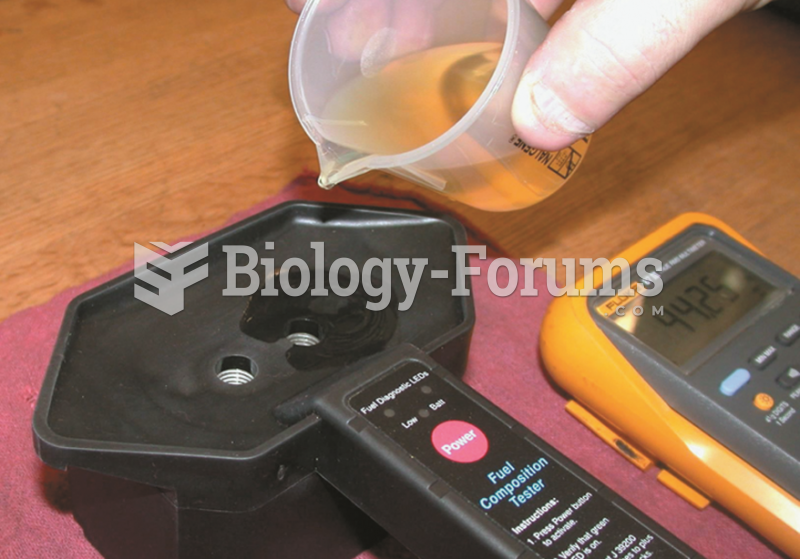Answer to Question 1
- Although the author lets the womans name (Hanako) slip into the stage directions, he otherwise refers to them only by their generic titles of Man and Woman. The two characters never give one another their true names but only self-evident fictions (Yokiko, Man Who Fears Silence, and Man Who Fears Women). By refusing to name them, Hwang encourages us to see them as archetypal or symbolic characters. The visitor is all men, and Hanako is, implicitly, womankind. Their story, by extension, bears some symbolic significance to all male-female relations. When the Woman suggests Man Who Fears Women as a name for her visitor, she underscores the symbolic nature of their relationship. The action generally seems not to be realistic in detail but symbolic in import. Hwang is not trying to recreate the texture of daily reality as a naturalistic dramatist might; instead, he attempts to portray a mythic dramaa folk legend come to life. Although the action of Hwangs play takes place in Japan, one could easily imagine a staged production of it set in rural New England or on the Louisiana bayou. All you would have to change is to substitute a Vermont fiddle or Cajun violin for the shakuhachi.
Answer to Question 2The Sound of a Voice illustrates the importance of nonverbal elements in achieving theatrical effects. Two complete scenes (4 and 6), as well as the conclusion, are played without words. Another episode (scene

depends on a visual trick (the man balancing his chin on the point of a sword) to create dramatic tension. Likewise, one of the central contests between the two characters is a physical fight with wooden sticks. The plays finale is a visual tableau. Music also plays an important role in establishing and maintaining the mood of the play. Students will be able to find other nonverbal elements of the play. Hwang reminds us of the importance of spectacle, even in a modest, two-character play. A play works by total representation of a drama, not by the words alone.
There are a great many possible topics for papers based on Hwangs play. Students could trace a single image from the play (flowers would be an obvious candidate) and discuss its significance. Another interesting notion would be to discuss the use of music in the play: what does it contribute to the atmosphere and tone that words could not? Another good subject would be to examine the two scenes in the play (4 and 6) that are played without words: what effect do they have on the structure and feeling of the drama? Students could also discuss the end of
The Sound of a Voice: is the womans death tragic? The theme of suicide would be an illuminating topic because both characters contemplate the idea, and the woman hangs herself at the end of the play. Finally, students could compare and contrast
The Sound of a Voice with one of its modelseither a
No drama or one of Yeatss short plays.
No plays are generally very brief (around ten pages). Arthur Waleys classic
The No Plays of Japan (New York: Grove, 1957) provides an excellent starting point. Any play by the most celebrated master of the form, Seami, such as
Tsunemasa or
Kumasaka (both in the Waley book), would work well. Several of Yeatss short plays provide excellent contrasts to Hwangs piece, most notably
Deidre, The Only Jealousy of Emer, and
Purgatory.Answer to Question 3
- This detail contributes to the mythic quality of the action. It seems possible that she is a supernatural being unaffected by human mortality; or, perhaps more to the point, that this particular plot is played again and again between her and generations of young men. Moreover, at the very least, it adds to the sense of mystery that pervades the play.







